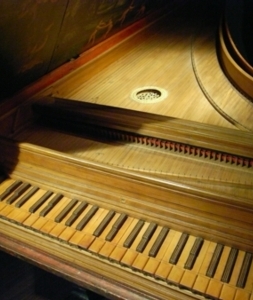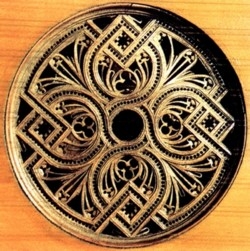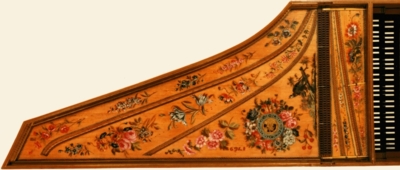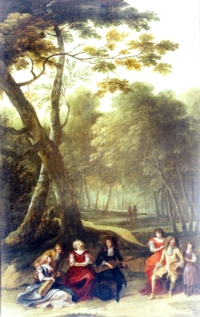|
|
|
||||||||
| HOME | ABOUT | TEACHING TRADITION |
PIANO LESSONS |
HARPSICHORD LESSONS |
THEORY LESSONS |
STUDENT RESOURCES |
VIDEOS & MP3's | FAQs & LINKS | CONTACT |
 |
Harpsichord Lessons For the harpsichord student, the study and performance of Renaissance and Baroque music and the artful nature of the instruments, with the harpsichord's rich sonorities, can greatly reveal the musical and rhythmic subtleties that are often overlooked when this music is performed on modern instruments. Learning to play the harpsichord, even if primarily as a pianist, will illuminate the music of the past, enrich the musician's experience of this music, and give any musician a richer palette of expression to convey the music of Bach, Byrd, Couperin, Handel, Rameau, Scarlatti, and their contemporaries. |
||
|
For any musician, the
exploration of the musical world of the Baroque reveals many less familiar
treasures which paved the way f |
|||
 |
Early Music Performance Practice
Harpsichord students
are also introduced to the various principles of historical performance
practices, including 16th-18th century conventions regarding tempo
choice, dance rhythms, rhythmic modification, ornamentation and
embellishments, which, though often not indicated in the music, were
understood by the composers
and performers of the time.
These unwritten "performance practices" were transmitted largely from teacher to student, but
are available to us today by studying historical treatises on
performance written
by C.P.E. Bach,
The development of ease at the harpsichord through appropriate technical studies, musical reading skills, and the basics of harmony and the compositional conventions of the 17th and 18th century also form an essential area of harpsichord studies.
|
||
 Copyright © 2010 Scott Johnson |
|||

 or Bach and Handel and are exquisite in and
of themselves.
or Bach and Handel and are exquisite in and
of themselves.

